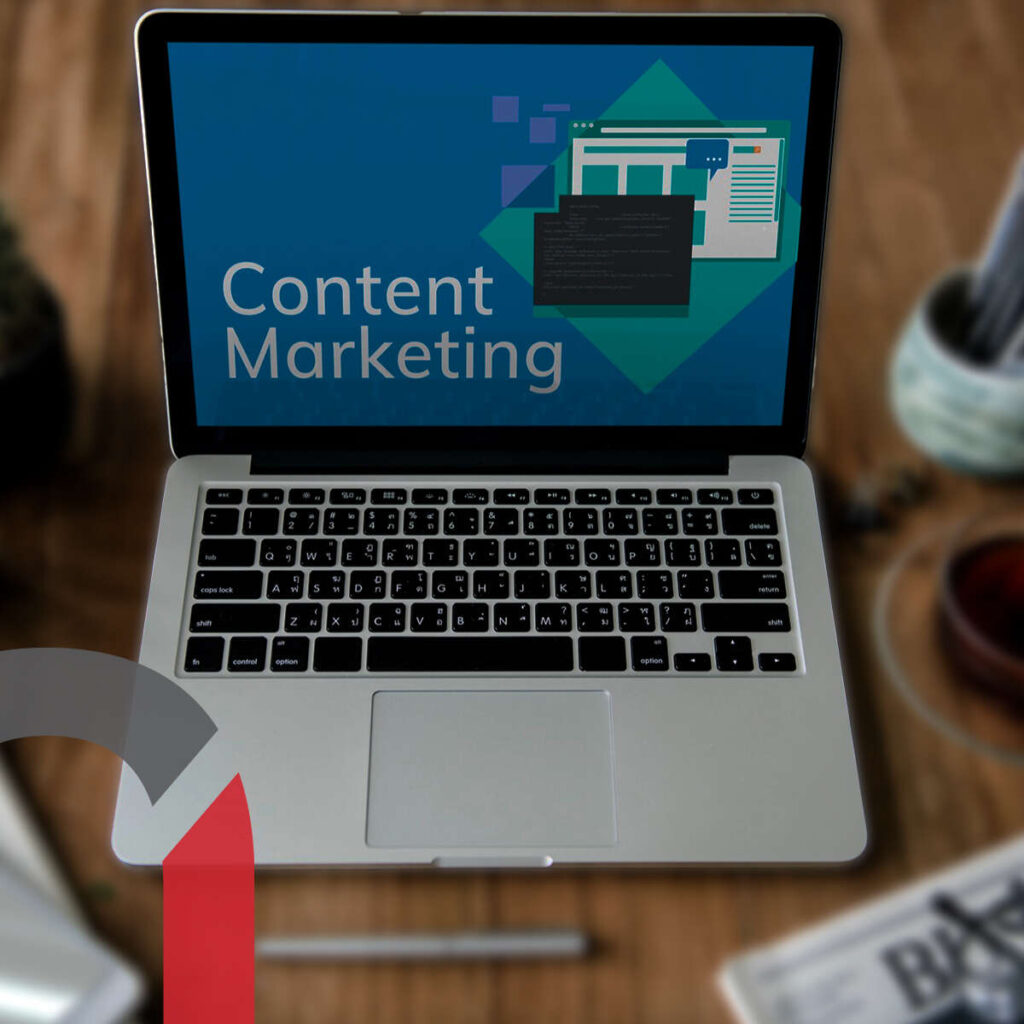You’ve given your heart and soul to making a B2B product that solves a major problem for any business. You’re confident that the product is completely market fit and it will revolutionize the entire industry. Sounds good! But how will anyone find out about it? Yeah, this is where the problem lies. Well, this is where demand generation comes in to save your day. B2B demand generation is about sparking interest, creating awareness, and, finally, bringing leads into your business.
We all know that an extraordinary product or service deserves special recognition. Let’s understand this by an example. Take a company like Zoom, for instance. Before the pandemic, video conferencing was not that big of a thing. With the help of demand generation strategies such as content marketing, various webinars, and building encore relationships with industry influencers helped them cultivate brand awareness. The result? During and after the pandemic, there was a huge rise in the remote conferencing niche. All their hard work and well-executed demand-generation framework placed them as a leader.
This is just an example of how demand generation marketing can be a game-changer. So, let’s get ready and stick to the end, as we will dive deeper into creating an ideal demand generation strategy for your business.
What is Demand Generation?
It is a marketing strategy that utilizes content, education, and storytelling to attract audiences. It speaks about issues your target audience deals with and places your service/product as a solution.
Imagine people talking about your brand or a service excitedly without pushing a sale directly. This is the work of the demand generation. There are many strategies involved in demand generation marketing that you can use to reach new audiences, showcase features, and encourage people to talk about your brand. You can also use it to remind your existing customers about a new update or a feature. This is a long-term strategy to build robust relationships with your customers. The ultimate goal is to make sure that your name pops up first in everyone’s mind whenever someone talks about the service or product you offer. B2B demand generation aims to concentrate on the future and keep your brand at the forefront of the audience’s minds.
What is a Demand Generation Strategy?
A demand generation strategy is an approach that emphasizes creating awareness and fostering the interest of possible customers toward your products or services. This is carried out via various demand-generation tactics with the goal of educating people about your offerings. A few of these tactics are content marketing, SEO (Search Engine Optimization), email campaigns, and social media advertising.
The strategy is made to address customers at different phases of their journey, from when they initially learned about your product to when they chose to buy it. One of the most essential parts of the demand generation strategy is to find and draw qualified leads. These leads are more likely to get engaged with your brand and ultimately buy it. Once these leads are in, the strategy focuses on building relationships and maintaining them for a longer period.
Elements of a Successful Demand Generation Strategy
To implement a successful demand generation strategy, there are many factors you must keep in mind. These factors will rely on the kind of content that grabs the attention of your target audience. Below listed are the top 5 elements you need to include in your strategy.
Development of Buyer Persona
If you try selling to everyone, there is a higher chance that you won’t be able to sell to anyone. One of the vital parts of a demand generation strategy is to make ICPs (Ideal customer profiles) or buyer personas that aim at the right audience. These profiles might be fictional, but they help you envision the type of person who requires your products or services. You can classify people based on their budget, industry, job, and age. These details provide you with clear image of the following:
- The issues or pain points your audience wants to get rid of
- The solutions they may think of (including your competitors as well)
- What encourages this specific person to buy your product
- At what buying phase your customers are at
Multi-channel Marketing
This approach is a must for any demand generation strategy. It focuses on using various marketing channels such as content distribution, social media, and email. It’s ideal when you reach out to your audience when they usually hang out, and data can help you get in the correct direction.
Let’s say, for example, you want to generate demand via social media channels. You must track the performance of all the social media handles and make a report. This can help you see which channels are performing well.
Also, try to gather insights on your most interactive followers. This includes their industry, age, profession, and interests. Learning all these things will assist you in curating content that discusses their pain points.
Content Relevance and Quality
Generating demand is essential for any B2B business, and understanding the needs of your audience is the key. By speaking in their language and focusing on their pain points, you can create a bigger impact than just fulfilling generic needs. It’s also vital to choose the channels where you want to share your content. In a survey last year, 60% of B2B marketers stated that social media was the most helpful channel for generating revenue. This showcases that social media and the relevancy of content that needs to be posted on these channels is crucial.
Lead Qualification and Scoring
Every lead that steps into your marketing funnel is unique. With the help of a lead scoring strategy, you can identify which of them are most likely to pay for your products or services. By doing so, you can concentrate more on highly qualified leads and dismantle the dead ends. So, how can you make a strong lead-scoring strategy?
Begin with breaking down your attribution data to understand which marketing strategy leads to more conversions at different phases of your funnel. Then, discuss with your team to understand what a high-quality lead looks like. Their insights will surely help you make a lead-scoring model. You can then compare activities such as webinar sign-ups to honest conversations in your sales and marketing funnel.
Data-driven marketing
Data-driven decision-making is about utilizing the customer’s data to customize demand-generation strategies for particular audience segments. Suppose your marketing team is starting a social media campaign. Throughout the entire campaign, your team has closely observed performance data to identify what’s working best. With the help of this data, the team can adapt to improve the results of the campaign. This strategy helps with real-time adaptation and also improves ROAS (Return on ad spend) instead of just viewing the results after the campaign is complete.
What is the Role of Demand Generation in Marketing Funnel?
The marketing funnel, also called the sales funnel or consumer journey, is a map that displays the entire journey of a customer. It covers every phase, from how a person discovered your service or a product to deciding to buy it. It consists of various phases, each with its motives and strategies.
Mainly, a marketing funnel consists of 3 phases:
- TOFU– Top of the Funnel (awareness)
- MOFU-Middle of the Funnel (consideration)
- BOFU– Bottom of the Funnel action)
The role of B2B demand generation in your marketing funnel is crucial. It helps to bring in awareness and generate interest in your product among possible customers. This is not just about building interest but also about the demand for your product in the market. What’s the difference between demand and interest? It’s simple: demand denotes the need for the product and a sense of urgency. On the other hand, interest might just be a temporary curiosity.
Remember when editing photos was only possible in professional studios with high-quality and expensive equipment. People took images, but adjusting colors, fixing blemishes, and adding creative effects were not possible. People used to settle down with what they had and pay premium amounts for just a touch-up.
Then, in the year 1987, Adobe Photoshop came into the market. It completely revolutionized the world of photo editing and made it affordable and accessible. Now, the ability to enhance images is not just for professionals. Customers who never thought that they needed this tool explored new ways to express themselves through pictures. The demand for Adobe Photoshop took a rise and pushed photo editing into the mainstream. This is one of the prime examples of demand generation. By launching a revolutionizing solution, Adobe Photoshop not only created a market for itself but even glorified demand for photo editing technology.
How to Build and Implement Demand Generation Framework?
Building a Demand Generation Framework
Listed below are 5 essential steps to build a demand generation framework:
- Step1- Cultivating Awareness
This is the initial step, where you must put out your brand name and develop an interest in people’s minds about your offerings. You can use social media channels, guest blogging, or even influencer marketing campaigns.
- Step 2- Conducting Market Research
Before moving forward, learn more about your target audience. Research their challenges, requirements, and even their online behavior. Try to analyze the trends and keep an eye on what your competitors are doing. These things are crucial for creating successful marketing strategies.
- Step 3- Defining Your Strategy
In this step, you will convert your research into a solid plan. State your motives, identify the demographics of your target audience, and decide the key messages you wish to deliver. Analyze your budget and choose the channels you want to utilize.
- Step 4- Making a Content Strategy
Now that you have a clear picture of your goals and audience, it’s the ideal time to create content that speaks directly to them. This can be eBooks that provide solutions, informational blog posts, or interactive videos displaying the benefits of your offerings. Try focusing on high-quality content that not only relates to your audience but also builds trust.
- Step 5- Nurturing high-qualified Leads
Always keep in mind that not every person who shows initial interest will be a paying customer. Once you’ve grabbed someone’s attention, try to keep them engaged through targeted content such as personalized email campaigns or webinars that answer their doubts. This step helps in propelling them down in your sales funnel, finally converting them into your customers.
Now that we have learned how to build a demand generation framework, let’s understand how to implement it.
Implementing a Demand Generation Framework
- Try Utilizing Diverse Channels
The secret to reaching out to a potential audience is finding them where they hang out online. Try using channels such as LinkedIn groups, email campaigns, SEO (Search Engine Optimization), and social media platforms to enhance your virtual presence. By using these channels, you can generate brand awareness effectively.
- Lead Generation
The main motive is to turn visitors into customers. Proven tactics such as campaigns, targeted marketing, case studies, etc., can allure potential clients, create brand recognition, and build trust with your audience.
- Not All Leads Are Created Equal
A few customers are more likely to buy compared to others. To prioritize your efforts, try implementing a lead-scoring system. This system assists by assigning points that depend on the lead’s interests and actions. In this way, you can detect highly qualified leads who are more likely to be your consumers. Once you’ve a list of qualified leads you can then concentrate on your marketing and sales work and convert them into happy customers.
- Sales Enablement
Equipping your sales team with the correct knowledge and tools is key for closing deals. Provide complete training on your service or product, as well as access to marketing stuff that shows the value of your offerings. Additionally, persistent follow-up with potential consumers keeps your brand fresh in their heads and improves the chances of turning them into paying consumers.
- Track, Analyze, and Improve
Continuously try to refine and track your demand generation efforts. Monitor key aspects such as lead quality, CAC (Customer Acquisition Costs), and conversion rates. Analyze this valuable data to improve the results of your campaigns. By regularly adapting and learning, you can refine your demand generation framework for enduring success.
Wrapping Up!
Demand generation strategy is vital for any business growth. By clearly understanding its approach, you can curate a framework that leads to growth. Always remember the key is to concentrate on quality leads and building trust with them. With proper planning and effort, you can witness your business flourish.
If you require help building any demand generation framework for your business, our team of experts is always ready to help you. Just reach out to us, and our team will connect with you to get things rolling.



